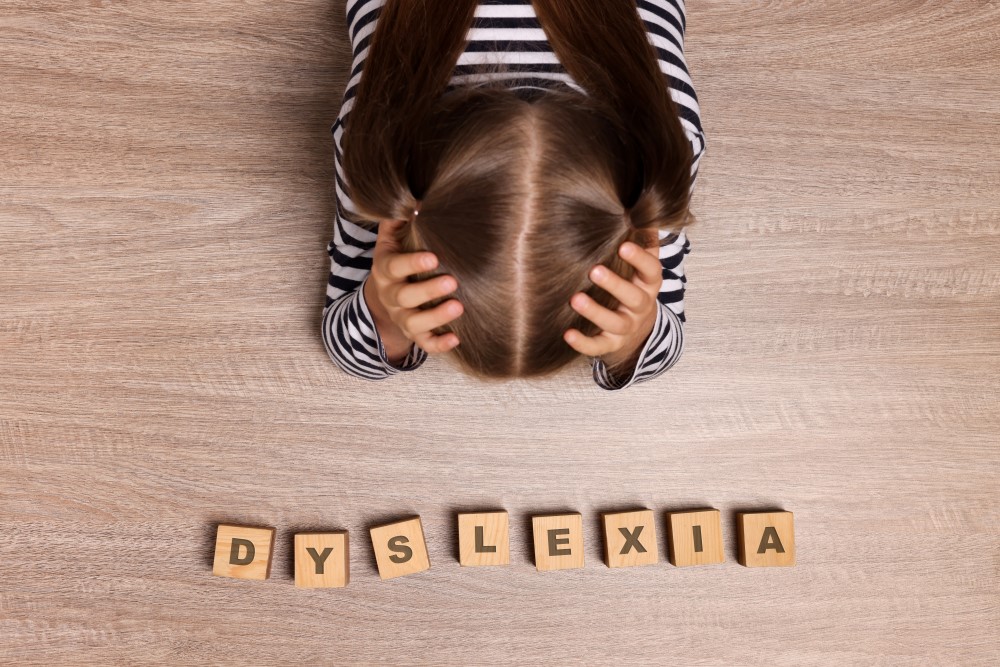As a parent, watching your child struggle to keep up with reading, instructions, or following through on tasks can be frustrating and worrying. Often, working memory is the hidden challenge behind these difficulties—especially for children with dyslexia.
In this article, we’ll explore what working memory is, how it relates to dyslexia, and what you can do to support your child.
What is Working Memory?
Working memory is the brain’s ability to hold and manipulate information for short periods. Think of it as a mental sticky note—essential for tasks like following directions, mental maths, reading comprehension, and organising thoughts.
There are different types of working memory, but one that’s especially important for language is phonological working memory. This allows children to retain the sounds of language long enough to make sense of words, follow verbal instructions, and learn new vocabulary.
Closely linked is phonological awareness, which is a child’s ability to hear and play with the individual sounds in words (like recognising that ‘cat’ and ‘bat’ rhyme, or that ‘dog’ starts with a /d/ sound). Phonological awareness is a key building block for learning to read and spell.
It’s also important to understand that hearing speech sounds and processing them are two different skills. A child may hear you say a word clearly but still struggle to hold onto the sound sequence long enough to process it, store it, and respond. This is where working memory and phonological processing play a vital role in the development of reading and spelling.
When it comes to spelling, the challenge deepens. Children must first identify the phonemes (speech sounds) in a word and then convert each phoneme into a corresponding grapheme (written letter or letter group). This sound-to-symbol mapping is particularly difficult for children with dyslexia, whose phonological processing and working memory difficulties make it harder to hold and manipulate these sound-letter associations. This often leads to difficulties in writing, where spelling errors can interfere with a child’s ability to clearly express their thoughts and demonstrate what they know.
How Does Working Memory Affect Children with Dyslexia?
Children with dyslexia often have difficulties with working memory. This means:
- Trouble remembering sequences (like spelling rules or instructions)
- Difficulty holding sounds in mind when decoding words
- Slower processing speed in classroom tasks
These challenges can affect reading fluency, writing, and attention.
Signs Your Child May Be Struggling
- Frequently forgetting what they were just told
- Difficulty copying from the board
- Trouble with multi-step tasks
- Losing track of what they’re reading
How to Support Working Memory at Home
- Break instructions into smaller steps
- Use visual checklists and reminders
- Repeat information and encourage rehearsal
- Try memory-boosting games and activities
When to Seek Help
If working memory difficulties are significantly impacting your child’s learning, it’s worth speaking to a Speech and Language Therapist or Educational Psychologist.
Explore our parent-friendly memory strategies toolkit and our online workshop designed for children with dyslexia at Articulate Kids.
Key Takeaway: Working memory plays a crucial role in learning for children with dyslexia. With the right strategies and support, your child can thrive.

